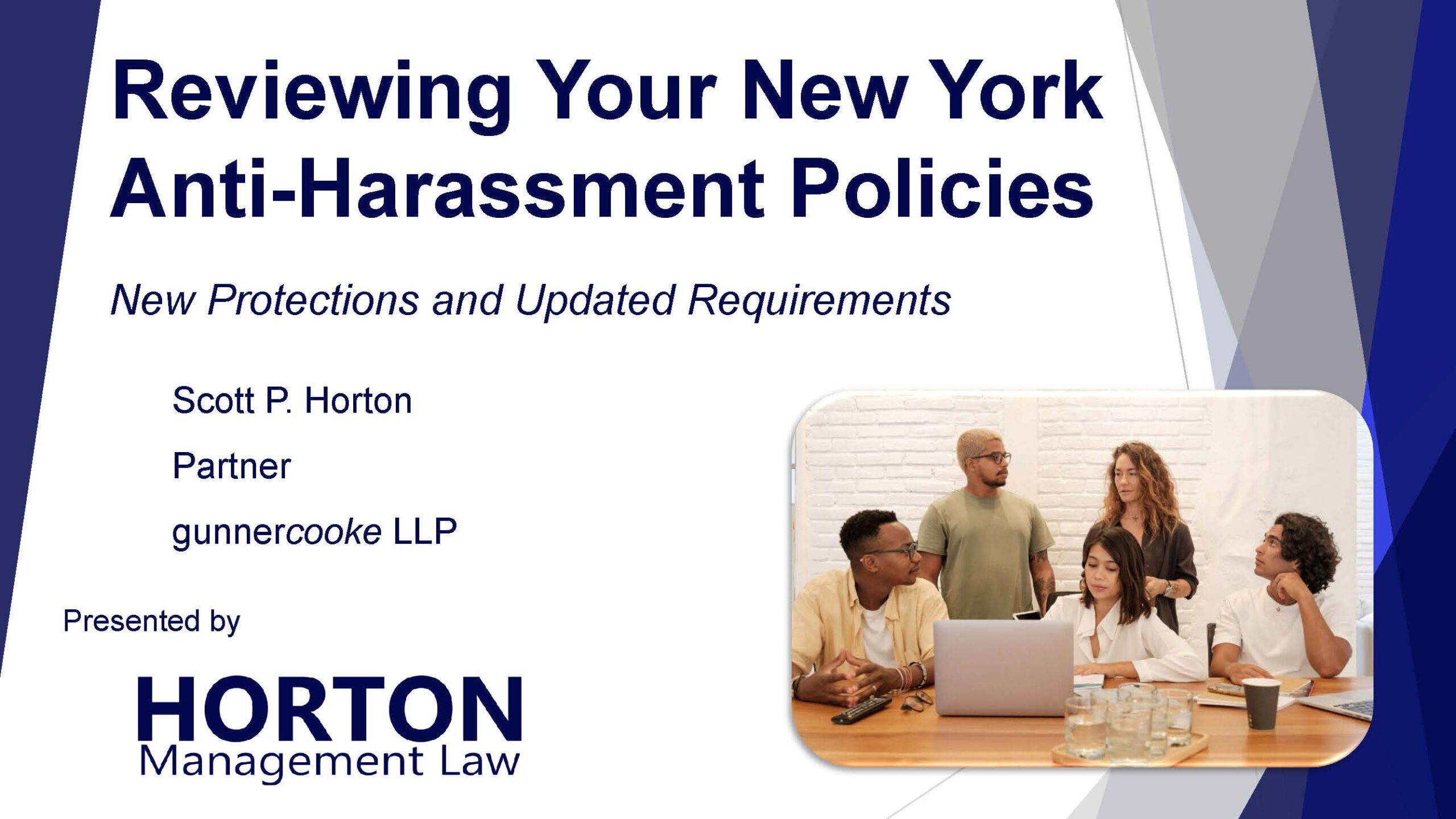If you have employees, you’re subject to an array of laws governing the workplace. Going from zero to even just one employee is a huge step. After that, the more employees you have, the more laws apply. And more employees and laws bring along increased risks of noncompliance. To tackle these issues, companies would ideally hire robust human resources departments and employment lawyers. But, that’s not practical for every business in every situation. So, in case you need somewhere to start, you can use this to conduct your own basic employment law checkup.
1. Are you paying workers enough?
I mean legally. Presumably, you’re paying them enough to work for you. And whether you pay enough to retain employees is another subject altogether. But I’m talking about minimum wage and overtime here.
With just one employee in the U.S., virtually all employers become subject to minimum wage and overtime laws. What laws apply to you and your employees? Are employees exempt from overtime? The exemptions are trickier than many understand, so double check this.
2. Are you paying payroll taxes?
For most employers, this is a no-brainer. Taxes are a way of life. But some employers try to avoid these obligations by either paying employees “under the table” or treating them as independent contractors. The first practice is simply illegal. The latter is more complicated.
Genuine independent contractors are responsible for their own taxes (and don’t have to receive minimum wage or overtime). But you can’t just avoid dealing with legal requirements by calling someone an independent contractor. The exact requirements vary, but generally, if a person is working only or primarily for you, they are probably your employee. Especially if they are performing tasks in line with your primary business. For example, a graphic designer “hired” for a one-off project creating a new company logo may be an independent contractor. But a graphic design company hiring the same person to create designs periodically for its customers looks more like an employment relationship.
3. Do you have an anti-harassment policy?
Various state and federal laws prohibit employment discrimination for all but the smallest employers. Even if you’re not subject to these laws, you can’t afford to tolerate workplace harassment. As a starting point, you should have a written anti-harassment policy that advises employees of prohibited behavior and provides a mechanism to report violations. Again, this is a bare minimum. So, after you institute or update your policy, consider providing training to employees. And, of course, take all complaints seriously and investigate promptly.
4. What do your personnel files look like?
If legal issues arise, the employee’s personnel file will come under scrutiny, so don’t be careless. Whether physical or electronic, you should have separate files for each employee. These should contain the “new hire” paperwork such as offer letters, I-9s, and tax withholding forms. They also include employee benefit documents, such as for insurance and retirement plans, if applicable. They would also include any formal disciplinary records. And if you receive medical information about an employee, that must go in a separate file.
5. How do you handle employee medical issues?
If you do have medical information, you’ve probably had to deal with employee medical issues. These can touch on a surprising number of employment laws. I regularly advise clients about single employee medical situations that potentially implicate 6-7 laws. For example, you may have to make reasonable accommodations to an employee with a disability. This might include time off, even if you don’t have a sick leave policy.
6. Will your employees go union?
Most employees have the right to join unions. As an employer, it’s not your choice. But that doesn’t mean your fate is sealed. Getting the above issues right, treating employees well, and listening to them will often keep unions out. But if your employees do unionize, then you’ll be playing by a new set of rules. You’ll have to negotiate with the union over many issues. You will enter the world of potential grievances and arbitrations. And employees will likely receive “just cause” job protection. Make sure you understand how this world works before you find yourself in it. (There are geographic and industry-based factors affecting the likelihood that your workforce will unionize, but it’s at least a possibility in nearly every company.)
Beyond this Employment Law Checkup
I’m only providing this quick employment law checkup as a starting point. I want employers to get these issues right. But that’s not always an easy task. Plus, there are many more employment laws beyond the subjects addressed here. The laws are complex. Often there are extensive regulations. Minor nuances can entirely change an employer’s responsibilities.
Keep up with our updates on employment law by subscribing to our email newsletter or follow us on LinkedIn.


